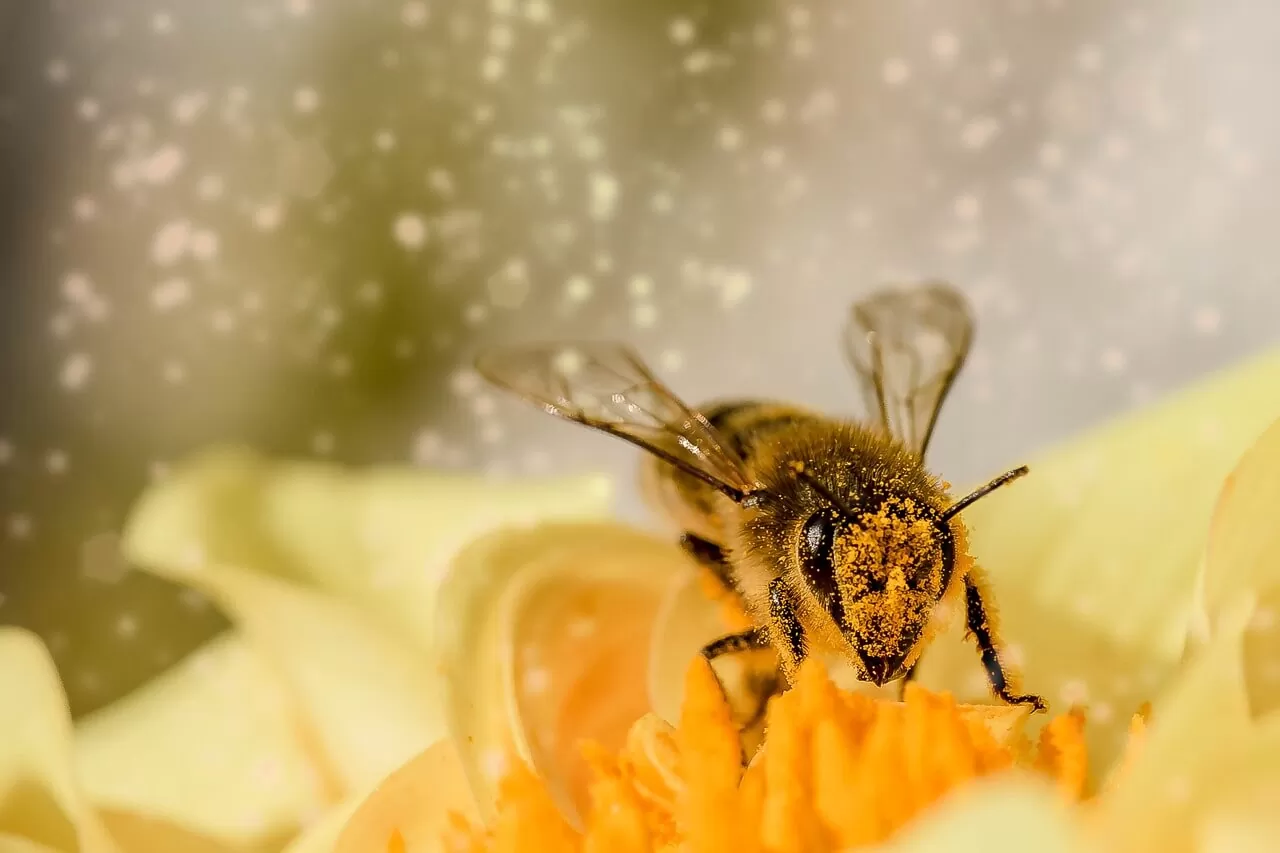Propolis is dark brown or red plant resin collected by bees from tree buds. The substance is used by bees to fill crevices and varnish honeycombs. According to the National Center for Biotechnology Information, propolis is balsamic and gummy substances obtained from buds, flowers, and exudates of plants. Propolis is a popular traditional medicine that processes broad spectrums of biological activities. These biotic properties are associated with their chemical composition and properties.

Keep reading this article to know the chemical properties, uses, and manufacturing of propolis by bees.
First, let’s talk about the chemical composition of propolis. It contains 50% resins and balsams, 25-35% wax, 10-15% aromatic and essential oils, and 5-10% pollen. It is important to know that the chemical composition of this resinous substance is highly variable due to variation or variability of different plant species that grow around the hive. In addition, the chemical composition of the substance also varies depending on illumination, seasonality, food availability, collector type, and activities developed during propolis exploitation.
In addition, it is rich in the most valuable trace elements (calcium, iron, potassium, silicon, phosphorus, zinc, magnesium, selenium, etc.), essential amino acids, which are the main element for building animal and vegetable proteins. It also contains vitamins (A, E, B1, B2, B6), which in combination with glycosides contribute to the revitalization of all major body systems and restores their proper functioning.
The extraction methods can significantly change the chemical composition of the substance. Various commercial products such as syrups, ampoules, capsules, and tablets are made with ethanol extracts of propolis. Menthol is used in research, experimental, and clinical trial studies. A number of research studies have confirmed the disease-fighting properties of propolis. Propolis has the following beneficial properties:
- Disinfectants
- Antibacterial
- Antitoxic
- Anti-inflammatory
- Antioxidant
Thanks to research conducted in recent years, modern medicine has significantly expanded the boundaries of the use of propolis. As an anesthetic, propolis is 3.5 times as high as cocaine and 5 times as high as novocaine. Therefore, propolis is widely used in dentistry, where it is applied 0.25% alcohol solution of propolis. It has been established that ingestion of propolis improves mood, memory, attention of the elderly. Propolis, therefore, is widely used in gerontology.
How Bees make Propolis?
Usually, a bee family collects 100-150 g of propolis per year. Bees capture resinous substances with their jaws and pull them up as a thread until it breaks. Then, with the claws of the legs, the bee removes a lump of gum from the jaws and places it in pollen baskets.
During the collection, the bee mixes resinous substances with the secretions of the maxillary glands. The collection of propolis lasts a long time, and the bees, the glue pickers, often interrupt it and return to the hive to replenish the honey goat. There is an opinion that in a beehive, a bee is never freed from propolis itself, it provides this work to beehives, sometimes waiting for them for a very long time (from an hour to two days).
The bulk of the propolis is collected from 10 to 15 hours, since at other times of the day, the surfaces from which the bees get resinous substances are too hard, brittle, and probably inaccessible for a mass gathering. The resinous substances that are exuded by plants contain volatile aromatic components (terpenes) that act on the hemo-receptors of the bee antennae.
Bees produce two forms of propolis: more liquid (70% resin of tree buds and bee gland secretions) of high quality and viscous (from pollen and wax) of low quality. Adding to the resin of plant buds the secret of their glands, the bees complicate the chemical composition of propolis, making it unique. Propolis is obtained during the initial digestion of bee pollen by bees.